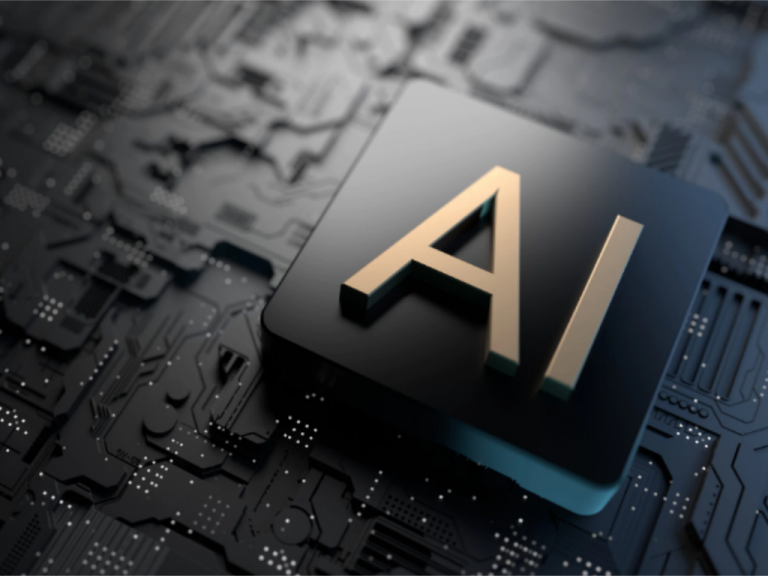You may already have been astonished by the potential of ChatGPT and other large language models, such as the new Bing, just like many others. However, Silicon Valley’s continuous pursuit of automation has led to its latest fixation, Auto-GPT.
The ChatGPT chatbot interface, powered by GPT-4 LLM, has garnered widespread attention for its remarkable ability to engage in human-like conversations and produce written content, ranging from blog posts and letters to creative works such as poetry and computer code. However, despite their impressive capabilities, LLMs have typically been constrained by their restricted ability to perform singular tasks, such as responding to specific queries or generating text, necessitating further input from humans in the form of prompts.
What is Auto-GPT?
Auto-GPT is an open-source software application designed by Toran Bruce Richards, leveraging GPT-4 technology. According to Richards, he was motivated to create this program due to the limitations of traditional AI models, which may possess impressive capabilities but often face difficulties in tasks that demand long-term planning. Furthermore, traditional models may fail to refine their procedures independently based on current feedback, a shortcoming that Auto-GPT addresses.
Auto-GPT is an exploratory interface developed for open-source use. It facilitates autonomous task completion by allowing users to simply provide a list of tasks to accomplish, which are then effectively accomplished through the platform’s self-guided system. Unlike ChatGPT, which necessitates detailed prompts, Auto-GPT is equipped to generate its own prompts for successfully achieving assigned goals. Furthermore, if required, Auto-GPT can access target websites and search engines to gather additional information necessary to fulfill the assigned tasks.
The newest AI tool possesses an exceptional capability to collect external data owing to its self-evaluating capacity. It can thoroughly scrutinize the accuracy of the data acquired and eliminate any incorrect or suboptimal information. Additionally, it initiates a new subtask to gather superior data.
Via Forbes


